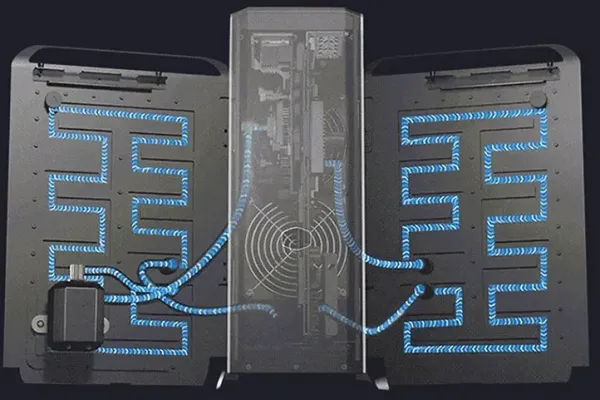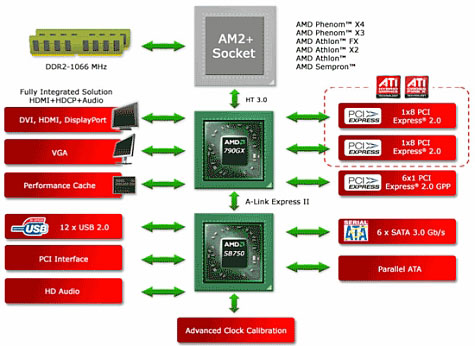You may not yet know it, but gamers will soon be quitting their living rooms and heading outdoors.
Handheld
consoles and laptops made gaming portable, while the Nintendo Wii made
gaming active. Now active, portable gaming is possible thanks to GPS
and improved graphics becoming standard in cellphones.
By
2013, the world's largest handset manufacturer, Nokia, expects half of
its phones to be GPS capable, giving them the ability to fix their
locations on the planet to within a few metres.
Apple's
iPhone, seen as a benchmark for other manufacturers, also has GPS and
many handsets have motion-sensing accelerometers, just like a Wii
controller. Games studios are racing to exploit a new world of what is
called "pervasive gaming", where everyone carries a powerful gaming
machine in their pocket.
Hotter, colder
The
first wave of games are largely based on treasure hunts, with a phone
guiding users through a set of waypoints to a particular goal.
UK firm LocoMatrix
does it using photos of a neighbourhood. An onscreen thermometer lets a
player know if they are "getting warmer" as they close in on the next
waypoint, and users can create and share their own treasure hunts.
Richard
Vahrman of LocoMatrix was inspired while using handheld GPS for walking
routes, and says location-aware gaming could have health benefits. "If
we could make a compelling game on a mobile, then youngsters might get
out more," he says.
Other treasure hunt games include GPS Mission, from Orbster in Karlsruhe, Germany. But games that blend real and virtual worlds can offer a richer gaming experience.
Real-world fun
European academics exploring pervasive gaming have created a detective game called Crash.
Another example, Stamp the Mole, starts with users defining an arena using GPS, before chasing moles visible only on their mobile screens inside it.
The Shroud, from Florida firm Your World Games
mixes the real world around a player into the world of an adventure
game. Travelling to real-world locations can unlock or solve quests in
the virtual world.
While
some location-aware games can be played anywhere, others may be
strongly connected to a particular area, says Constance Fleuriot of the
Pervasive Media Studio in Bristol, UK, those strongly connected to a particular area, say, Manhattan, and those that can be played anywhere.
"The
former could be linked to the history of an area and give you a
different viewpoint of a place," says Fleuriot. "The latter are
portable."
Socially mobile
Phones
with GPS also allow players to discover each other's locations and meet
physically as well as virtually. That kind of camaraderie will appeal
to many, says Mark Eyles, principal lecturer in the Advanced Games Research Group at the University of Portsmouth, UK.
"If
they are designed correctly, they will attract people who currently
aren't gamers simply because they are social and fun," says Eyles.
Just
as the sometimes madcap physicality of Wii gaming has loosened
inhibitions, Fleuriot says social location-based gaming can do the same.
"We had a group of adults who played an activity game of Stamp the Mole outdoors and they said: 'We look like prats, but at least we're all prats together,'" says Fleuriot.
Jon Dovey,
a new media expert at Bristol University, says GPS gaming is likely to
be the first application to introduce the masses to being connected
digitally to their surroundings, something he calls "ambient
connectivity".
The 14-to-19 age group will lead the way, Dovey says, because their social lives depend heavily on cellphones.
"As
soon as you get the link between texting, social networking and
GPS-enabled devices, you are going to get something that takes off like
wildfire among young people because their culture is already primed for
it,
Game over
But
being able to discover the physical location of other people has
downsides. Researchers at Portsmouth University have had to abandon GPS
games projects because they cannot get approval from the ethics
committee.
"Already there are social networking applications for the GPS iPhone which let you see where other iPhone users are," says Andy Bain,
lecturer at Portsmouth University's School of Creative Technologies.
"If I were a thief I'd abuse that knowledge right away to get myself
more iPhones."
Commercial
games developers are not subject to the same ethical scrutiny as
academics, he adds. It could be left to their customers to work out how
to avoid anti-social gamers.
In
fact, truly mobile gamers must learn to weigh up a range of new
hazards. Bain worries that gamers may focus so hard on their mobile
phone's small screen that they lose awareness of real-life hazards,
such as traffic on a busy road.
The
developers of The Shroud have clearly thought of this already; its
terms and conditions state baldly that "You will be responsible if you
or anyone else is injured or killed while you are playing". Game over.
»
Read full story









 The dual-GPU AMD
The dual-GPU AMD 


 Intel Corporation is presenting a paper at the SIGGRAPH 2008 industry
conference in Los Angeles on Aug. 12 that describes features and
capabilities of its first-ever forthcoming "many-core" blueprint or
architecture codenamed "Larrabee."
Intel Corporation is presenting a paper at the SIGGRAPH 2008 industry
conference in Los Angeles on Aug. 12 that describes features and
capabilities of its first-ever forthcoming "many-core" blueprint or
architecture codenamed "Larrabee."

